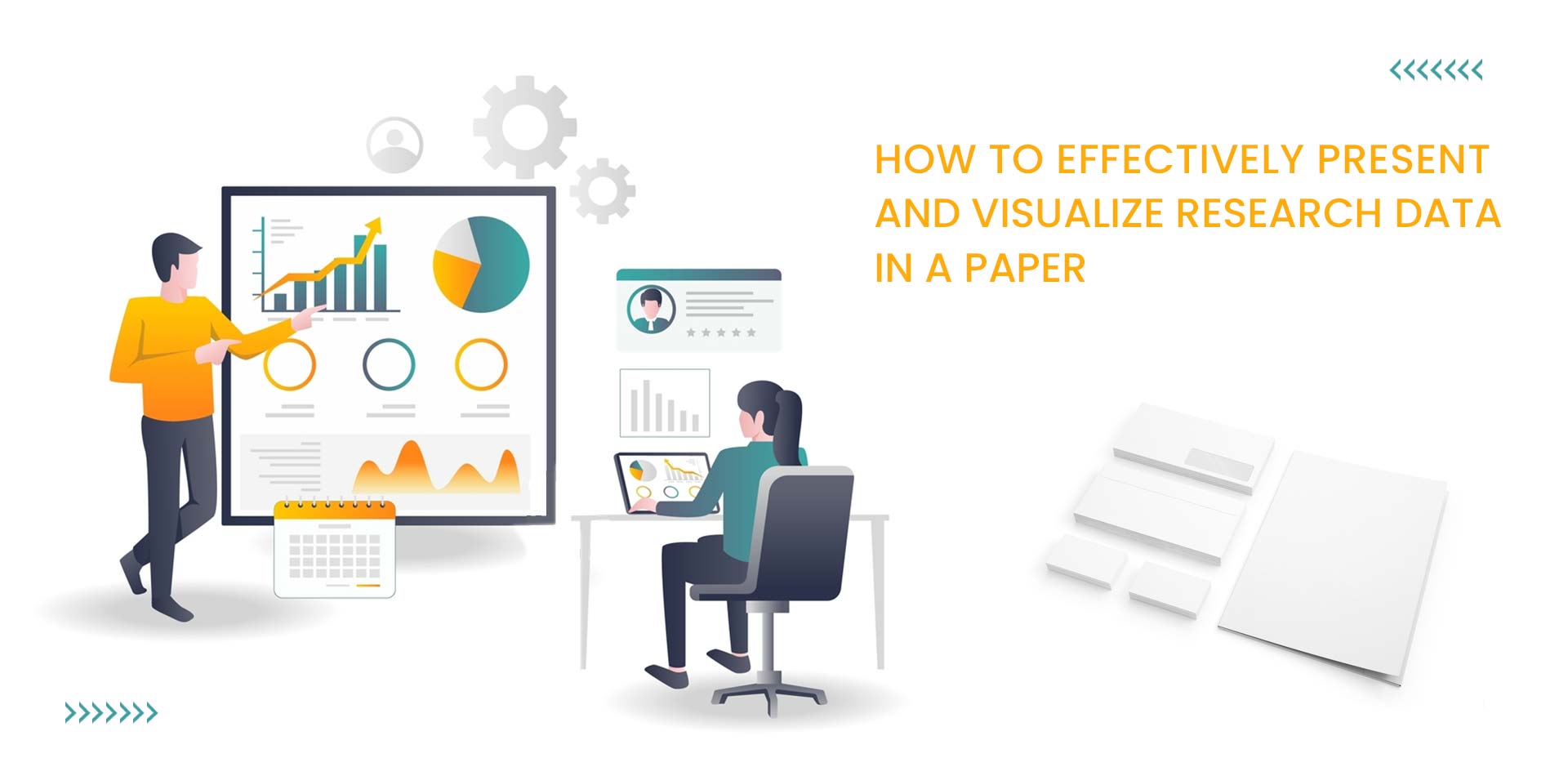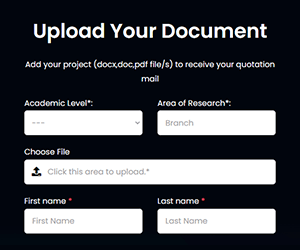
How to effectively present and visualize research data in a paper
How to effectively present and visualize research data in a paper – Learn How to effectively present and visualize research data in a paper. This article provides in-depth information on how to properly portray research findings in a written piece. Continue reading the post so you can find out the information for yourself.
Tips for presenting and visualizing research data in a paper
- Clearly define the research question and objectives.
- Choose the appropriate type of data visualization for the data and research question. Common types include bar charts, line graphs, scatter plots and heat maps.
- Use a consistent format and color scheme throughout the paper.
- Label all axes and include a legend, if necessary.
- Use a larger font for the main findings and conclusions.
- Use a caption to explain the main findings of the figure and a note to provide additional information.
- Use common software like Microsoft Excel, R, or Python to generate the figures.
- Avoid cluttering the figures with too much information.
- Use a simple design and avoid 3D charts.
- Use a high-resolution image for the figures that can be enlarged without losing clarity.
- Use a table to present numerical data, if appropriate.
- Use clear and simple language in the captions and notes.
- Use a cross-reference system to link the figures and tables to the text.
- Make sure the figures are placed as close as possible to the text that refers to them.
- Use a consistent style for the figures and tables throughout the paper.
- Consider the readability of the figures, especially when the paper will be printed in black and white.
- Pay attention to the placement of the figures and tables in the paper, making sure that they are placed in a logical order.
- Use a simple design for the figures and tables, avoiding unnecessary elements.
- Use clear and simple language in the captions and notes.
- Check the figures and tables for accuracy and consistency before submitting the
Conclusion
All the important tips to explain and illustrate the research data in a paper. We hope the article has provided all the relevant information you require. In addition, for other information, you can read our other blogs.








